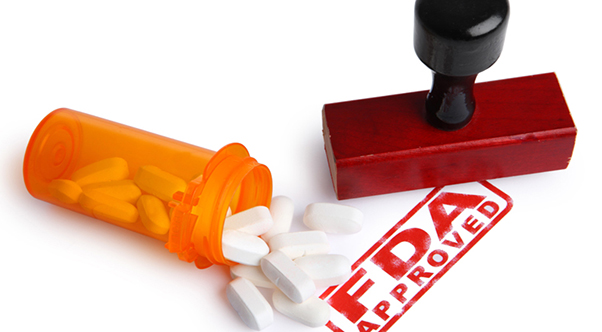FDA approves new dosage strength of opioid dependence drug, buprenorphine
05, September 2018

In yet another attempt aimed at improving Medication Assisted Treatments (MAT) for opioid dependence, the FDA has approved a new strength for the maintenance treatment of opioid dependence, Cassipa (buprenorphine and naloxone) sublingual film (to be applied under the tongue) from Teva Pharmaceuticals. The new 16 mg strength will supplement existing doses of both branded and generic versions of this drug.
The aim of this approval is to extend the access of this drug to patients to whom doctors prescribe it to maintain the treatments for opioid dependence. This approval is the latest in a series of steps by the FDA aimed at broadening the treatment base for opioid dependence. Earlier, it had streamlined its approach to drug development for select buprenorphine-based MAT. The aim of this action is to bring down the cost of developing drugs, which will increase the access to the treatment.
Part of a larger plan
This approval needs to be seen in the context of the FDA’s efforts aimed at mainstreaming people with opioid dependence. It wants to leave no stone unturned in its endeavor towards helping opioid dependents return to a life of normalcy. Scott Gottlieb, FDA Commissioner, is of the view that this is one of the steps the agency is taking to broaden the base for opioid replacement therapies. It wants to give patients more options towards treatments.
This action aside, the FDA is taking many other steps to enhance the quality of life for people who are on opioid replacement therapy. It is making efforts to sensitize the general public about the topic of opioid replacement therapy, which has unfortunately been stigmatized and ridiculed. Medication Assisted Treatment is not the replacement of one addiction with another, as is widely believed, according to Dr. Gottlieb. He believes that opioid replacement therapy can be a useful and effective treatment that should be seen the way other chronic conditions that get treated with medication are.
Understanding MAT
MAT is a holistic approach to helping patients who suffer from opioid use disorder (OUD) in that it combines the administration of drugs such as methadone, buprenorphine, or naltrexone, which are approved by the FDA, with behavioral counseling. Being on buprenorphine as a MAT for prolonged periods of time removes the need for using opioids and reduces withdrawal symptoms without making the craving cyclical and volatile. In also decreasing the pleasure value of opioids, it makes the drug unpleasant, helping patients take a major step towards deaddiction.
The HHS’ Five Point Strategy to Combat the Opioid Crisis
This step by the FDA aimed at improving access to preventing, treating dependence and helping access to the full range of MAT is part of the US Department of Health and Human Services (HHS)’ Five Point Strategy to Combat the Opioid Crisis. Being a department under the HHS, the FDA has complemented the HHS’ Five Point Strategy to Combat the Opioid Crisis, which includes the following:
- Better addiction prevention, treatment, and recovery services
- Better data
- Better pain management
- Better targeting of overdose reversing drugs
- Better research
The FDA has been issuing draft guidance which outline the new ways for drug developers to consider measuring and demonstrating the effectiveness and benefits of new or existing MAT products. It issued draft guidances in April and updated them in subsequent updates in May, June and August.